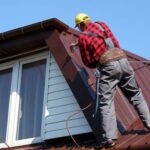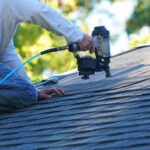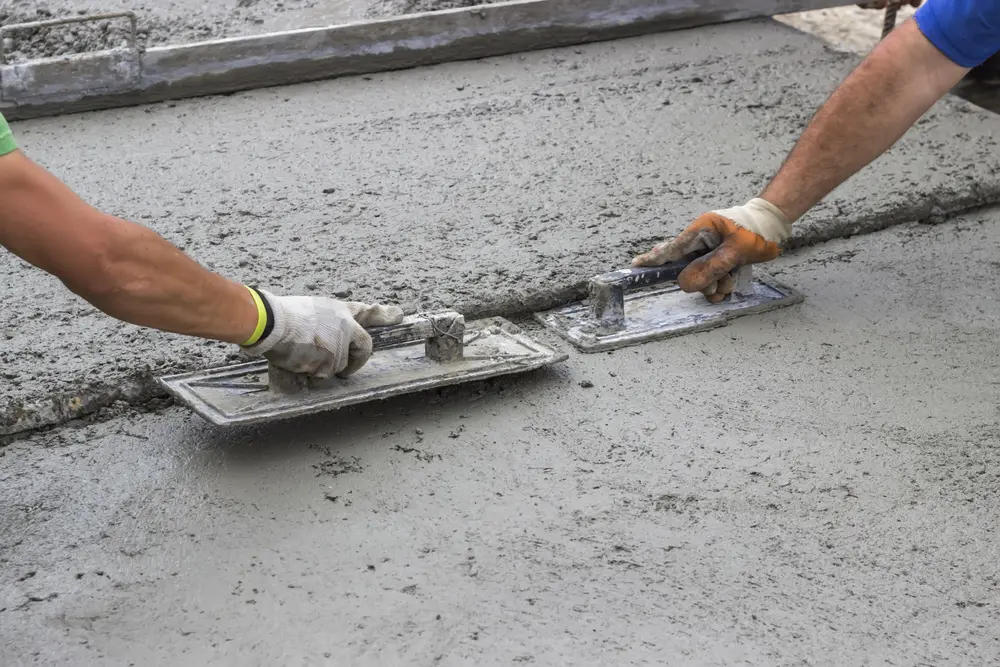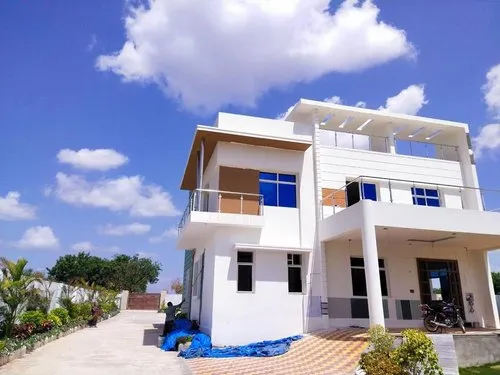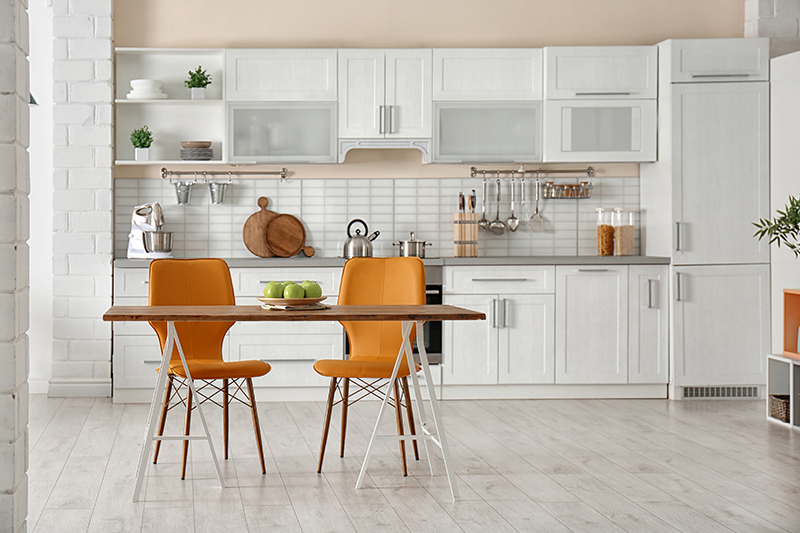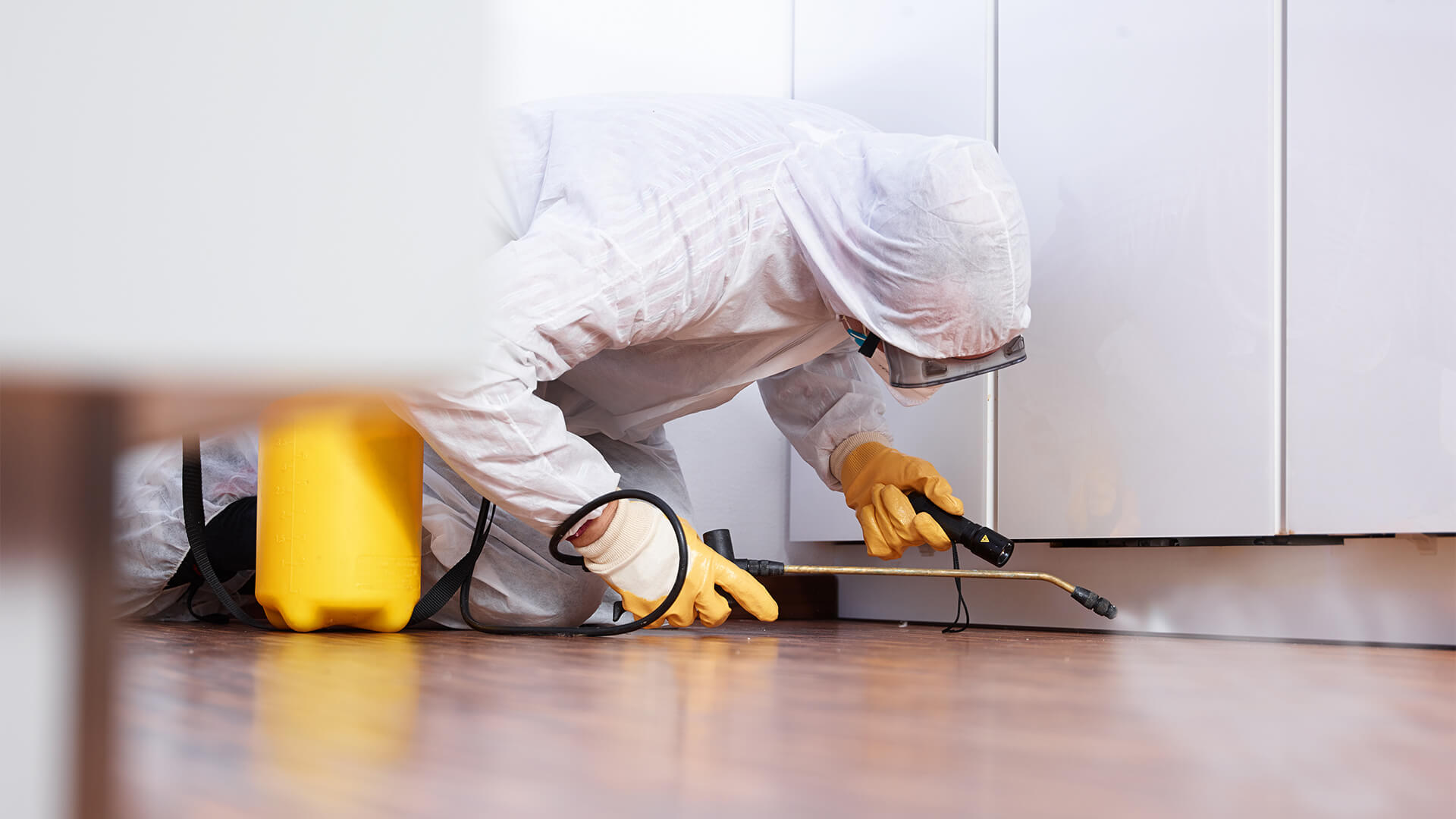Concrete leveling is a crucial process for maintaining the structural integrity and aesthetic appeal of various surfaces, such as driveways, sidewalks, patios, and foundations. Over time, concrete slabs can settle or shift, leading to uneven surfaces that pose safety hazards and diminish the appearance of your property. Concrete leveling offers an effective solution to these problems, restoring surfaces to their original level without the need for expensive replacement. This article explores everything you need to know about concrete leveling, including the process, cost, types, and frequently asked questions.
What is Concrete Leveling?
Concrete leveling, also known as slabjacking, mudjacking, or polyjacking, is a method used to correct uneven or sunken concrete surfaces. The process involves lifting and leveling the existing concrete slab by injecting a material underneath it. This material fills the voids and raises the slab to its original position, making the surface even and safe.
The Concrete Leveling Process
The concrete leveling process typically involves the following steps:
- Assessment: A professional will inspect the affected area to determine the cause of the sinking or unevenness and to plan the leveling procedure.
- Drilling Holes: Small holes are drilled into the concrete slab at strategic points to allow for the injection of leveling material.
- Injection of Material: Depending on the method used (mudjacking or polyjacking), a slurry or polyurethane foam is injected through the holes. This material fills the voids beneath the slab and gradually lifts it to the desired level.
- Sealing the Holes: Once the slab is leveled, the drilled holes are filled and sealed with a patching compound to match the surrounding surface.
- Final Inspection: The leveled surface is inspected to ensure it is even and stable. The area is then cleaned up, and the surface is ready for use.
Types of Concrete Leveling
There are two primary methods of concrete leveling:
- Mudjacking (Slabjacking):
- Involves pumping a mixture of cement, sand, and water (slurry) under the concrete slab.
- This method is cost-effective and suitable for larger slabs.
- Mudjacking is ideal for raising driveways, sidewalks, and patios.
- Polyjacking (Polyurethane Foam Injection):
- Utilizes a lightweight, expanding polyurethane foam that is injected under the slab.
- The foam expands and hardens, lifting the slab with minimal disruption.
- Polyjacking is more expensive than mudjacking but provides a quicker and more durable solution.
- Suitable for smaller slabs, indoor surfaces, and situations requiring minimal downtime.
Cost of Concrete Leveling
The cost of concrete leveling can vary based on several factors, including the method used, the size of the area, and the extent of the damage. On average:
- Mudjacking: Typically costs between $3 to $6 per square foot.
- Polyjacking: Usually ranges from $5 to $25 per square foot.
For a standard driveway or patio, the total cost may range from $500 to $2,000, depending on the specifics of the project. While polyjacking is more expensive, it offers long-term benefits such as faster curing time and better resistance to future settlement.
Benefits of Concrete Leveling
- Cost-Effective: Concrete leveling is significantly cheaper than replacing the entire slab, saving you money and time.
- Quick and Convenient: The process is relatively quick, with most projects completed in a few hours, and the surface is ready for use almost immediately.
- Minimal Disruption: Concrete leveling causes minimal disruption to your property, with no need for heavy machinery or extensive excavation.
- Environmentally Friendly: Since the existing concrete is preserved, the process is more environmentally friendly compared to complete replacement.
- Durability: Both mudjacking and polyjacking provide durable solutions that can extend the life of your concrete surfaces by many years.
Frequently Asked Questions (FAQ)
1. How long does concrete leveling last?
- Concrete leveling can last anywhere from 5 to 10 years, depending on factors like soil conditions, the quality of the leveling material, and proper maintenance.
2. Is concrete leveling a DIY project?
- While some DIY kits are available, concrete leveling is best left to professionals who have the experience and equipment to ensure a successful and long-lasting result.
3. Can all types of concrete surfaces be leveled?
- Most concrete surfaces can be leveled, including driveways, sidewalks, patios, garage floors, and even interior floors. However, severely damaged or cracked slabs may require replacement.
4. Will concrete leveling fix cracks in the slab?
- Concrete leveling can help reduce the appearance of cracks by leveling the surface, but it may not fully repair deep or structural cracks. Additional crack repair methods may be necessary.
5. How soon can the surface be used after leveling?
- For mudjacking, the surface can usually be used within 24 to 48 hours. Polyjacking surfaces are often ready for use within 15 minutes to a few hours.
Conclusion
Concrete leveling is an efficient and cost-effective solution for fixing uneven or sunken concrete surfaces. Whether you opt for mudjacking or polyjacking, the process can restore the safety and appearance of your property with minimal disruption. By understanding the process, cost, and benefits, you can make an informed decision about whether concrete leveling is the right choice for your home or business.




